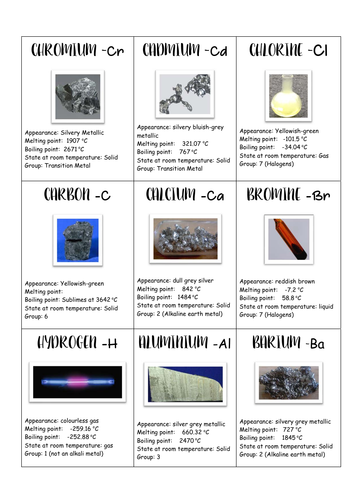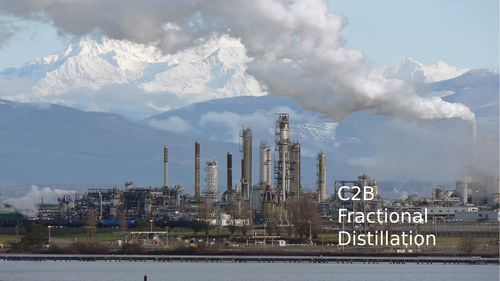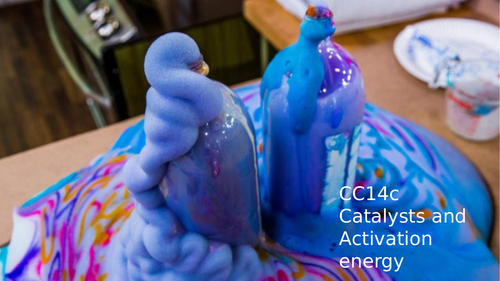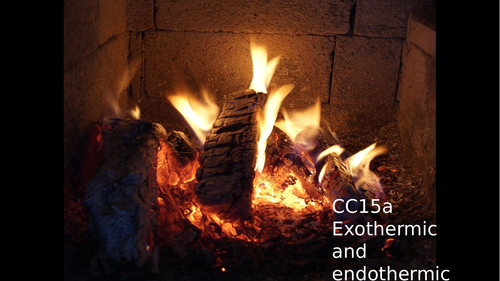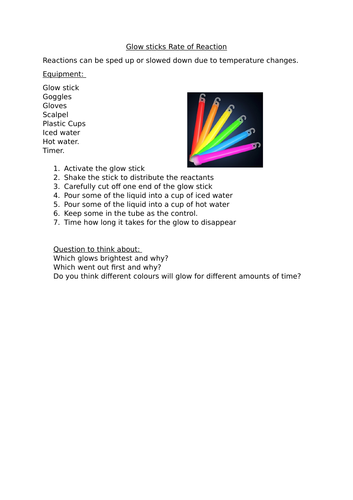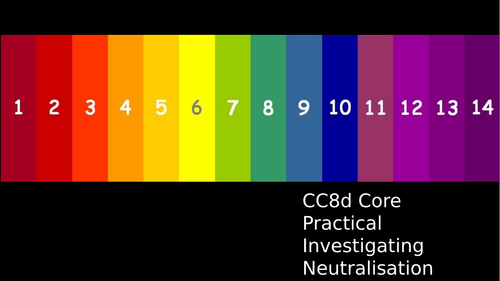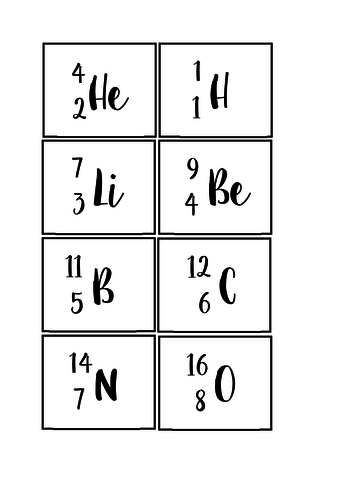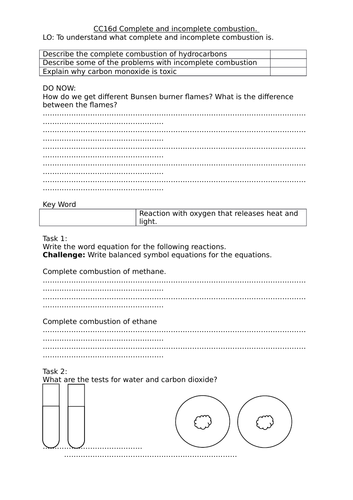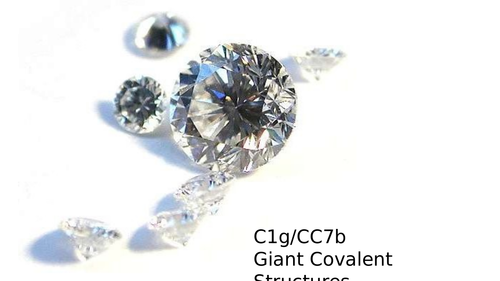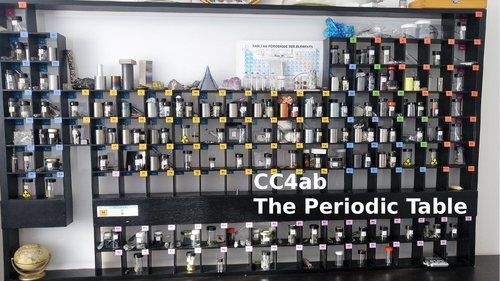127Uploads
54k+Views
16k+Downloads
Chemistry

C1a States of Matter Entry Level Certificate
Made for the EDEXCEL Combined GCSE with Entry level content.
First lesson recapping states of matter and changing state
Includes PowerPoint and two worksheets.
Made for SEN students/lower ability, can be easily adapted.

Element cards
Element cards made for students to get used to the periodic table, properties and appearances of metal and non-metal elements
Information includes appearance, melting and boiling point, state at room temperature and group.

C2B Lesson 2 Fractional Distillation (Further Entry Level)
PowerPoint and worksheet made for Further Entry level Topic 2B Chemistry in our world: fuels and the Earth’s atmosphere.
This also follows the GCSE lesson CC16b Fractional distillation and may be suitable for lower ability students.
Discusses what crude oil is, why fractional distillation is needed and the uses of the different fractions.

CB9i The Nitrogen Cycle lesson (EDEXCEL GCSE)
PowerPoint and worksheets about the Nitrogen cycle, broken down into simple steps. Link to a simple video and tasks throughout including cards to make the nitrogen cycle, a simplified version of the nitrogen cycle game and word fill task on the worksheet.
Includes two worksheets with differentiated gap fill exercise using the same word bank.
Made for SEMH pupils but easily adapted where needed
Some tasks adapted to make appropriate for my students. Originals not made by myself can be found for FREE at the links below:
https://www.tes.com/teaching-resource/nitrogen-cycle-fill-the-gaps-6206532
https://www.tes.com/teaching-resource/nitrogen-cycle-game-6079926
https://www.tes.com/teaching-resource/nitrogen-cycle-construction-activity-6131470

CC13a Group 1 Alkali Metals
Follows Edexcel 9-1 Combined Science GCSE
PowerPoint about Group 1 alkali metals, their properties and reactions.
Includes some activities for lower ability students.

CC13b Group 7
Follows Edexcel 9-1 Combined Science GCSE
PowerPoint about Group 7 Halogens, their properties and reactions.
Includes some activities for lower ability students.

CC14c Catalysts and Activation Energy
Follows Edexcel 9-1 Combined Science GCSE
PowerPoint about Catalysts and Activation energy
Includes practical activity, graph labeling activity and simple worksheet.
Easily adapted for more able students.

CC15a Exothermic and Endothermic Reactions
Follows Edexcel 9-1 Combined Science GCSE
PowerPoint and simple worksheet about Endothermic and exothermic reactions
Includes practical activity taken from RSC rather than one from ActiveTeach
Easily adapted for more able students.

CC14a Rates of reaction
Follows Edexcel 9-1 Combined Science GCSE
PowerPoint for the introduction of rates of reaction
Includes practical activity looking at the effect of temperature on glow sticks as well as the first part of the core practical with marble chips and acid
Easily adapted for more able students.

CC16b Fractional distillation of Crude oil
Follows Edexcel 9-1 Combined Science GCSE PowerPoint about Fractional distillation of crude oil. It looks at how crude oil separated, it’s uses and properties. Includes a simple worksheet.
Made for lower ability students but can be easily adapted for higher ability students.

CC8d Core Practical Neutralisation
Follows Edexcel 9-1 Combined Science GCSE
PowerPoint for the Core Practical investigating neutralisation. Includes instructions and results table together with formula and equation practice.
Easily adapted for more able students.
Includes simple worksheet.

CC16c Alkane homologous series
Follows Edexcel 9-1 Combined Science GCSE PowerPoint about alkanes, alkenes and alcohols. Including activity building structures using the Molymods also includes a simple worksheet.
Made for lower ability students but can be easily adapted for higher ability students.

Atomic structure electron configuration task
A task to help students visualise the atomic structure and electron configuration of the first 18 elements in the periodic table.
Designed for SEN/lower ability students doing the GCSE or Entry level.
Made using an atom building kit, there are three different tasks one involving counting the electrons/protons/neutrons and working out the mass number and atomic number, second using the element cards to build the atom using the blank atomic structure card and the third to match the element cards and pictures of the atoms.

CC16d Complete and incomplete combustion
Follows Edexcel 9-1 Combined Science GCSE PowerPoint about complete and incomplete combustion. Including activity investigating combustion, looking at the products of complete and incomplete combustion and the difference in Bunsen Burner flames. Includes simple worksheet
Made for lower ability students but can be easily adapted for higher ability students

CC16f Breaking down Hydrocarbons
Follows Edexcel 9-1 Combined Science GCSE PowerPoint about cracking of long chain hydrocarbons, testing for the difference between alkenes and alkanes and the use of hydrogen as an alternative to petrol alcohols includes a simple worksheet.
Made for lower ability students but can be easily adapted for higher ability students.
Bundle

EDEXCEL 9-1 Combined Science GCSE topic CC16 Fuels
Bundle of 6 powerpoints and worksheets for the topic Fuels from the EDEXCEL GCSE

EDEXCEL C1g CC7b Giant Covalent Structures
Follows Edexcel 9-1 Combined Science, differentiated to include entry level and GCSE content.
Includes:-
PowerPoint about giant covalent substances.
Two worksheets
Activity about diamond and graphite, originally from TES at least 5 years ago but can no longer find to credit the author.
Made for lower ability/foundation students but can be easily adapted for higher ability students.

EDEXCEL CC4ab C1c The periodic table with ELC
Lesson made for EDEXCEL GCSE Combined science covering CC4a and CC4b about the periodic table.
Includes powerpoint, worksheet and activity.
Made for SEN students but easily adapted

CC13 Revision Which group? (Alkali metal, Noble gas, Halogen) ELC revision
An activity made to reinforce students identifying elements from the 3 key groups. Can either be used cut out and students match up the group numbers, names, elements and atomic structures or students could colour code the boxes for each group.
Made to support Entry Level Certificate revision for end of unit test but can be used as a starter for GCSE students.

CC13b C4b Halogens Worksheet
Differentiated worksheets to go with the lesson CC13b Halogens from the EDEXCEL combined science GCSE and C4b from the entry level lesson on Halogens


